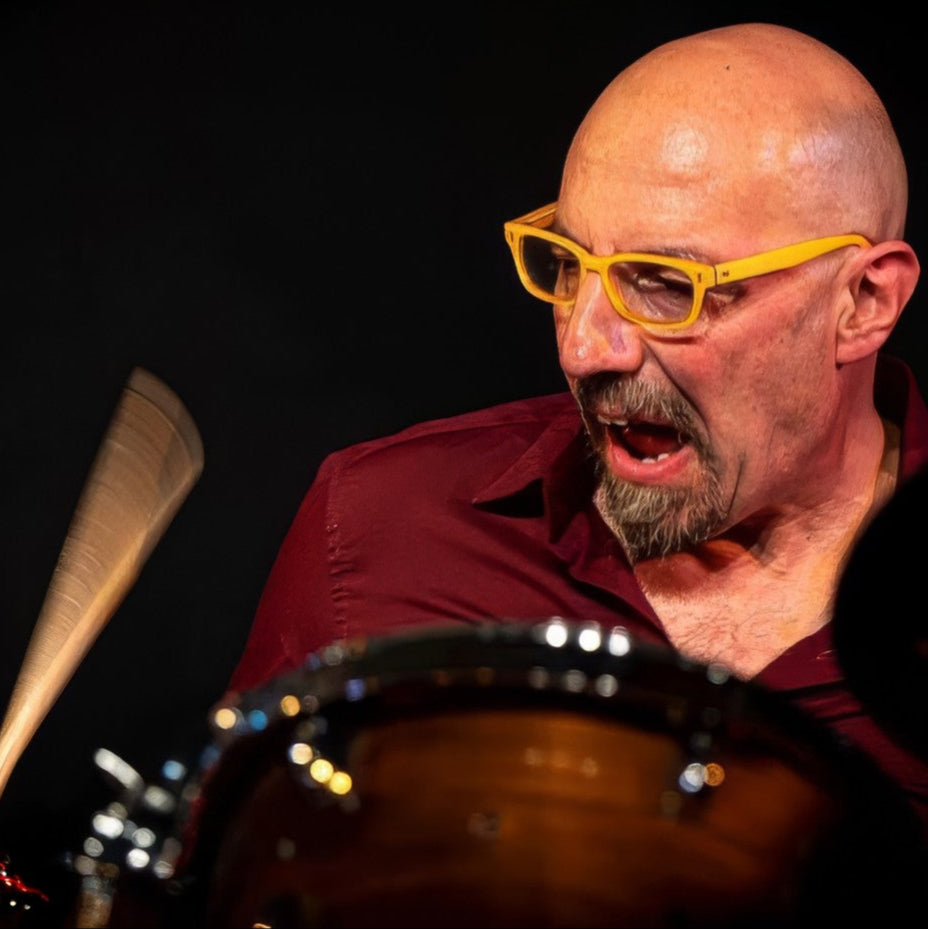JAZZ DRUM MINDSET
From snare drum to musical vision
with Enzo Zirilli
Course with subtitles available in
🇮🇹 🇺🇸

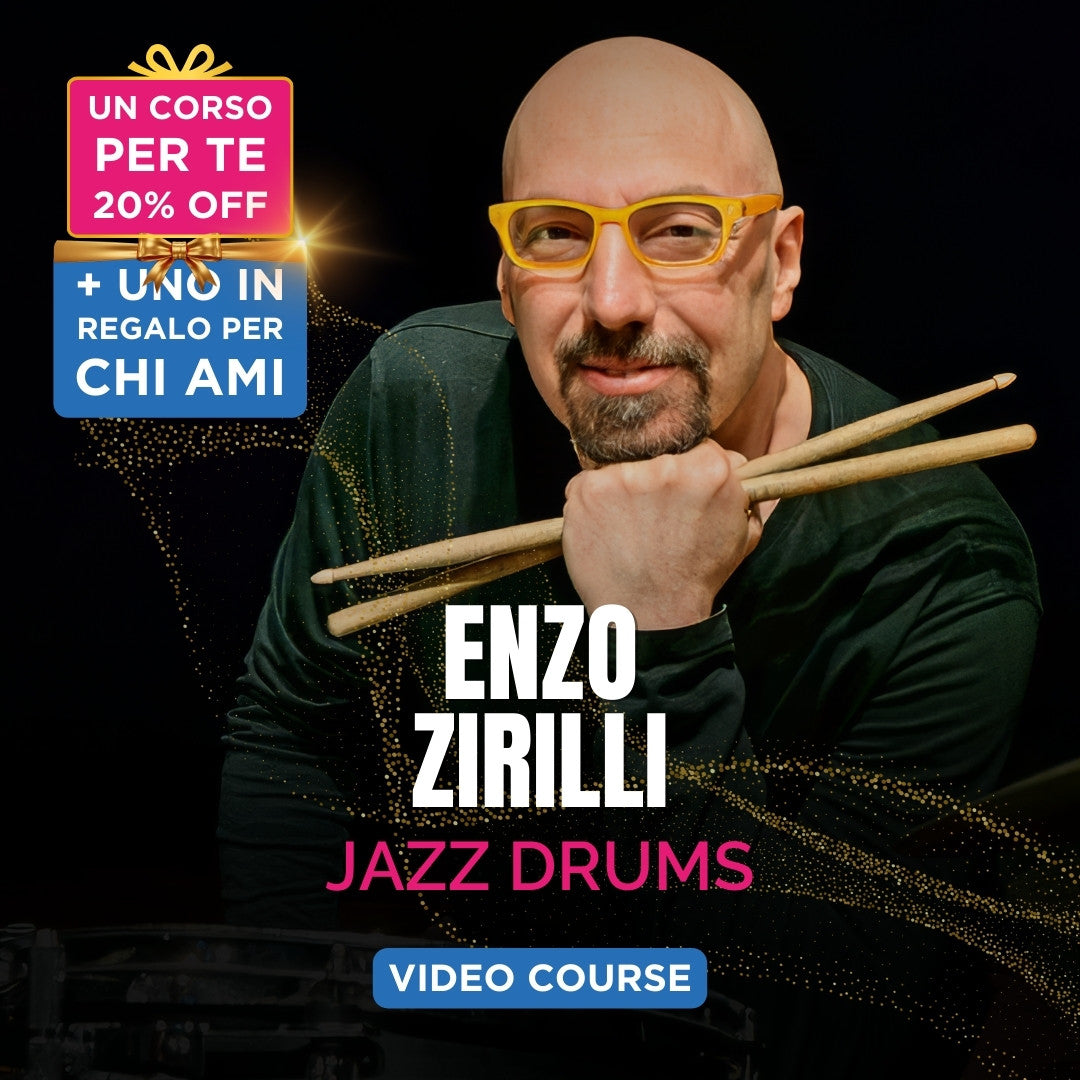

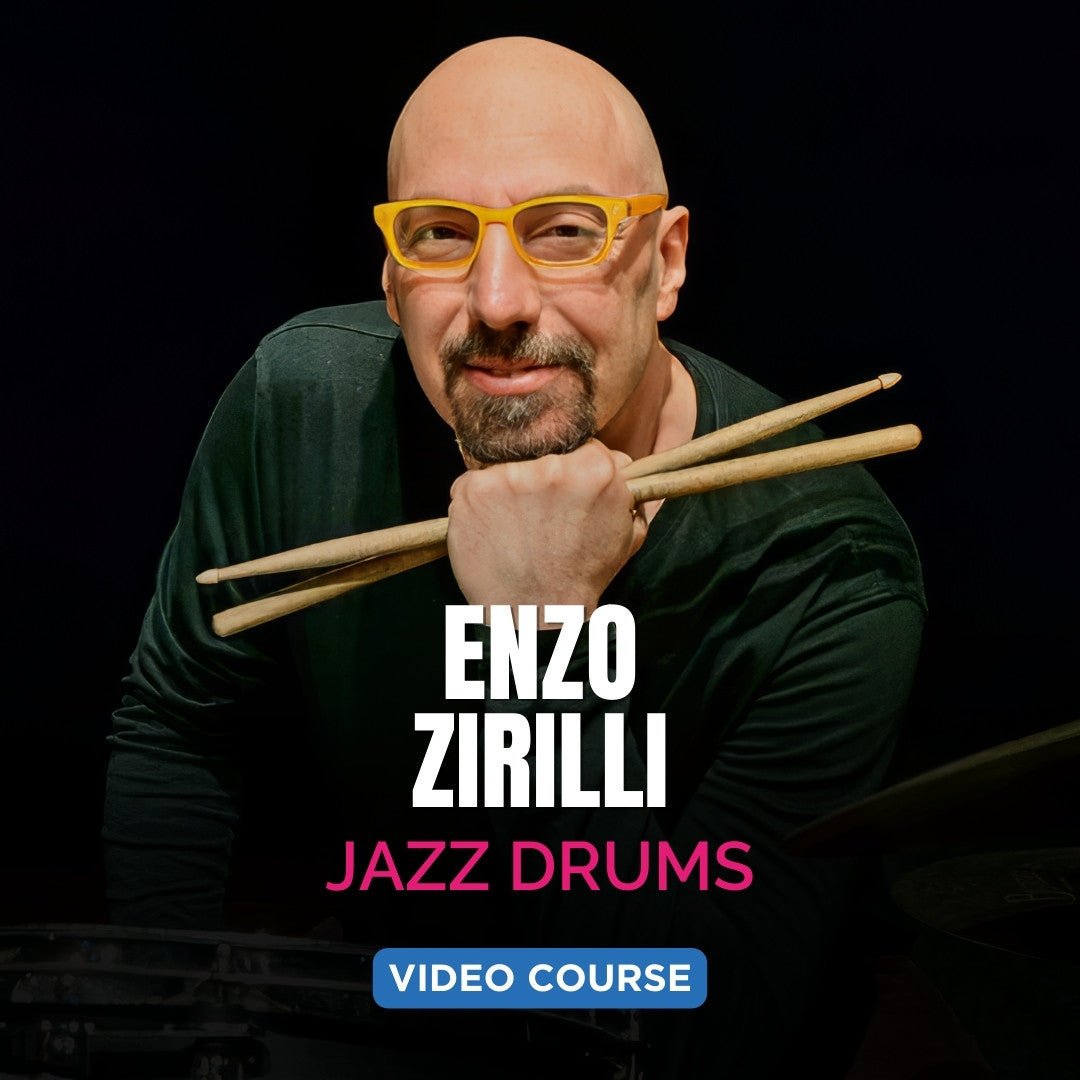
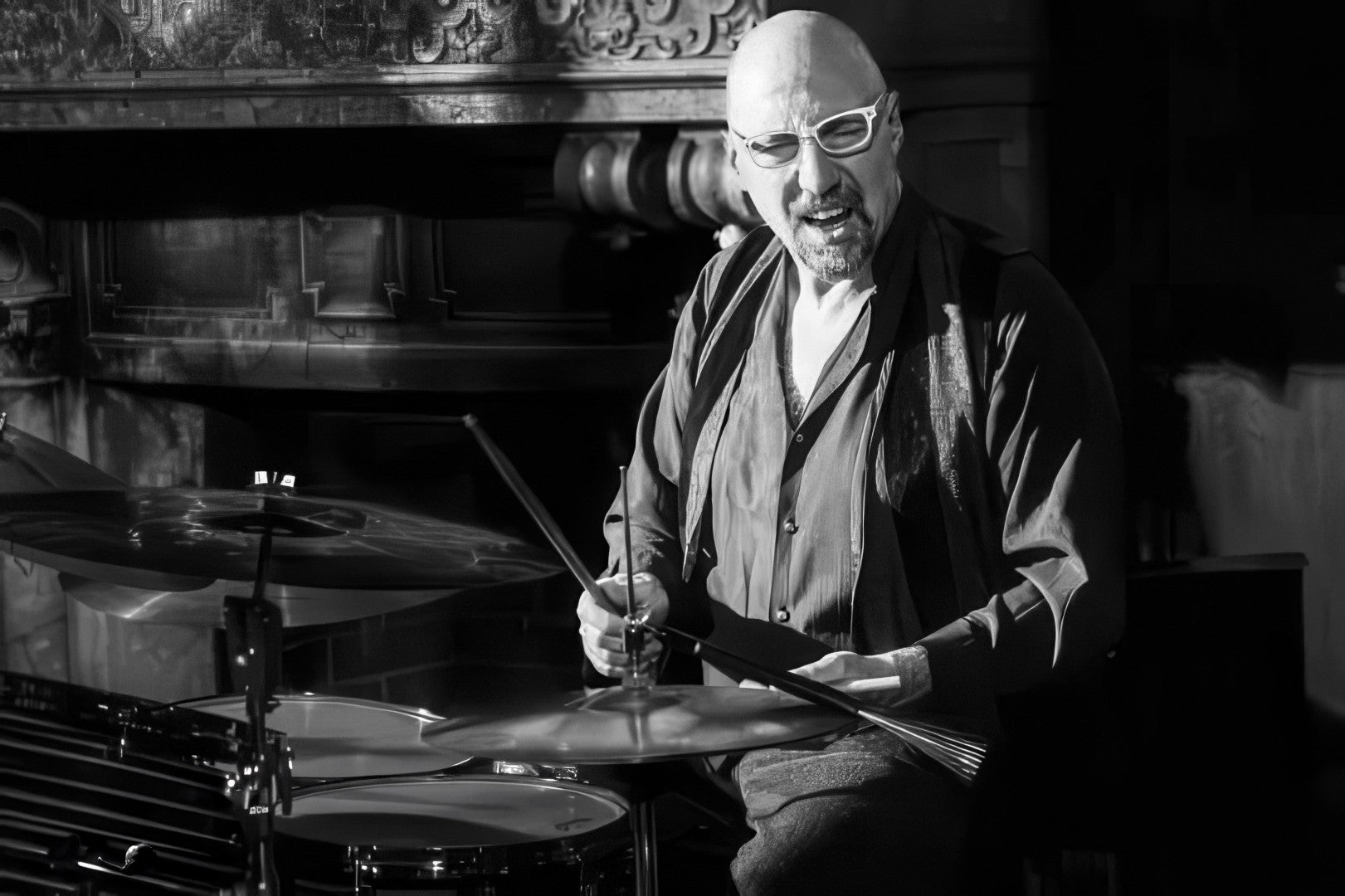
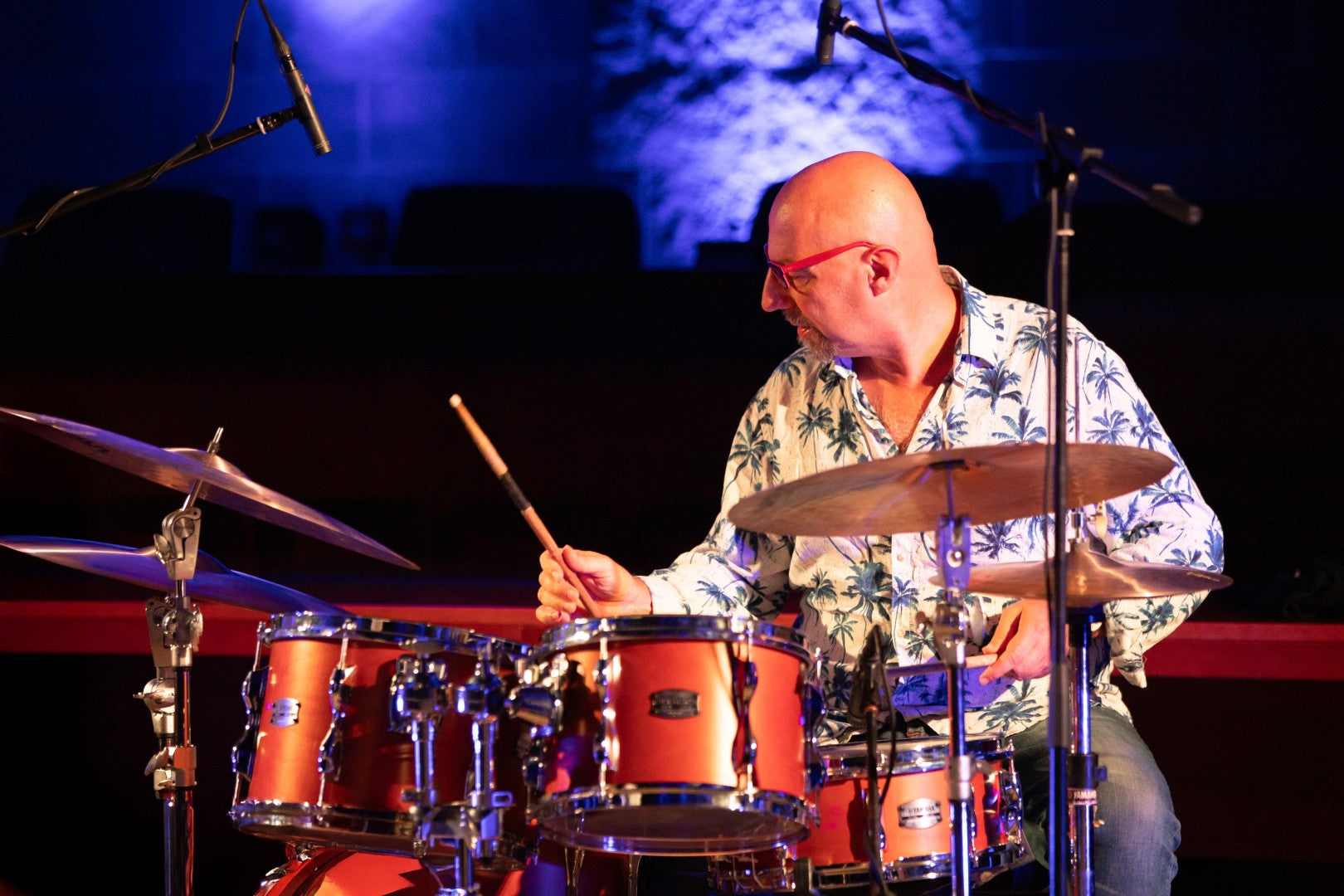
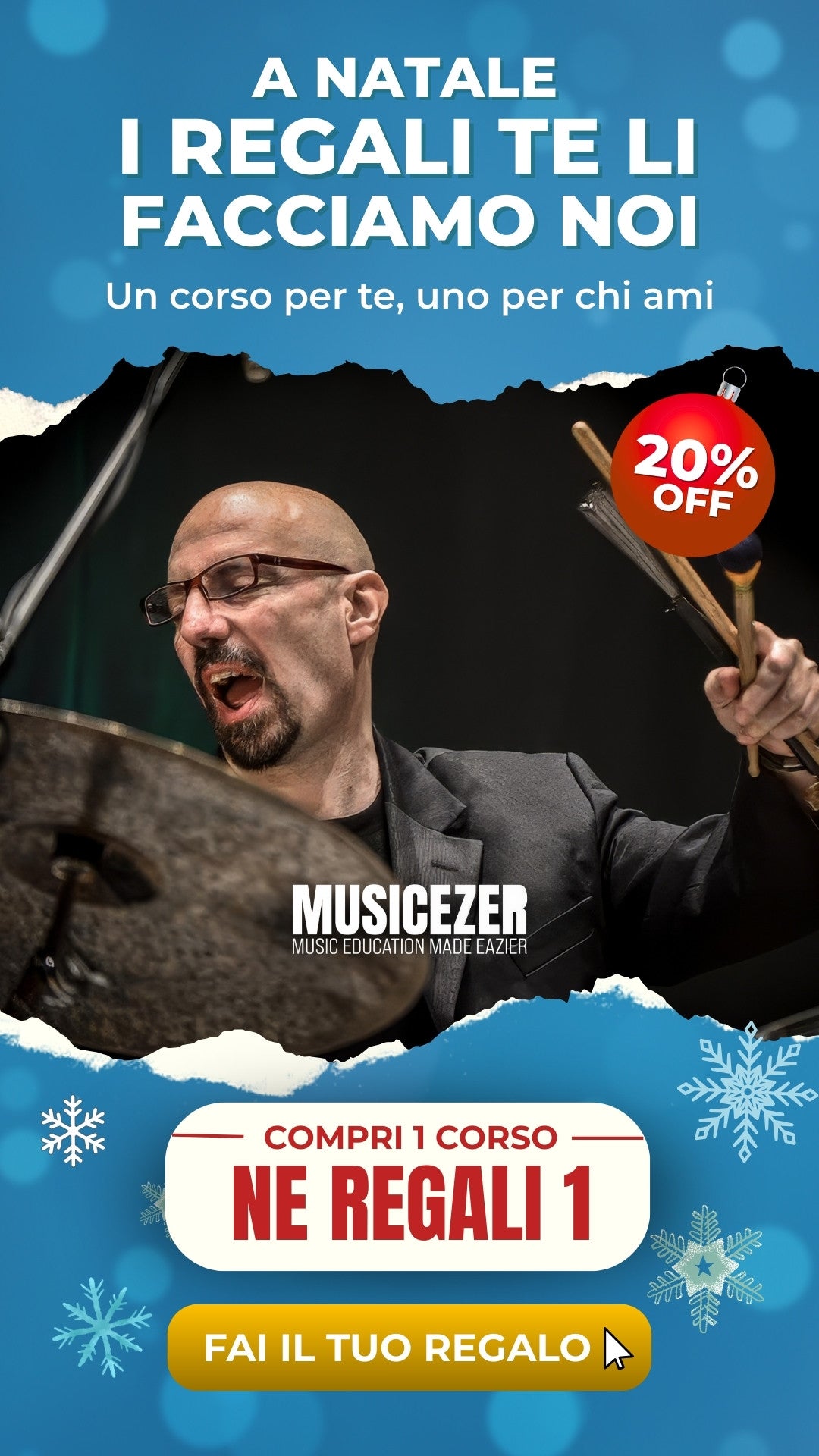
Jazz Drum Mindset isn’t just a course — it’s a new way of thinking behind the kit, where tradition meets groove, and awareness shapes every stroke.
Attention to every detail allows us to offer an almost live learning experience with the teacher, directly in your home .
A true master who offers you a unique educational path , enriched by what he himself has developed over years of experience.
Once you purchase the course it will be yours forever and we will always be ready to offer you assistance to allow you to use it freely whenever you want.


COURSE DETAILS
Jazz Drum Mindset is a course designed for those who want to go beyond technique and rediscover jazz drums as a tool for dialogue, listening and musical awareness .
Enzo Zirilli guides the musician on a path that focuses on the inner groove , the internalization of rhythm and the physical experience of playing , restoring the drums to their most authentic expressive value.
The course does not limit itself to proposing exercises or diagrams: it is a profound reflection on the way of thinking about music , which starts from the African-American roots of jazz and reaches all the way to contemporary languages such as hip hop, drum & bass and electronic music .
Zirilli invites you to play "from within", to breathe with time and to let yourself be passed through by the musical flow, valorising each element of the set as part of an imaginary but coherent orchestra.
From the relationship between lower and upper limbs to the management of dynamics in real contexts , through the rediscovery of brushes and the creative use of the metronome , each lesson stimulates greater attention to mutual listening , to melody and to musical intention .
Through concrete examples and references to great jazz masters, the course proposes a method that is first and foremost a mental attitude : playing less to say more, putting the ego aside to build true musical relationships , abandoning sterile virtuosity to seek a lively and personal sound.
START NOWWe explore the cultural roots of the drum in Africa and the West, comparing the tribal and communicative approach with the military and academic one.
We retrace the birth of jazz in New Orleans as a meeting of cultures, emphasizing the instinctive, non-academic, and collective nature of the embryonic jazz drumming.
The importance of active and detailed listening to recognize and internalize musical components, which are essential for developing conscious instrumental thinking.
The maestro invites you to breathe with the music and move with fluidity and amplitude, to produce grooves that respect the cyclical and undulating nature of time.
The concept of “playing inside yourself,” that is, internalizing the rhythm and groove before translating it onto the instrument in a coherent and natural way.
Like other musical instruments, they can become teaching material for the drummer, looking for the rudiments in real music rather than just in written methods.
We analyze the relationships between snare drum, piano, kick drum, and bass, showing how the drummer must think harmonically and play with melodic awareness, in synergy with the ensemble.
The risks of musical ego, enhancing the role of the drummer as an intelligent and never intrusive support, capable of giving space to the music rather than to himself.
We highlight the value of practicing at low volumes as an exercise in dynamic control and respect for the acoustic environment, promoting a conscious sound.
The maestro talks about the effectiveness of nighttime practice as a training in subtle listening and groove precision, even on apparently non-jazz repertoire.
We analyze the expressive potential of brushes, not only in terms of atmospheric function but also as a means of articulating grooves and accents with continuity and dynamic control.
The importance of the lower limbs as the foundation of the groove, suggesting using them to expose themes and articulate rhythmic phrases with melodic logic.
The maestro proposes the idea of being a big band of oneself, developing the independence of the limbs and an orchestral vision of the drum set, inspired by listening to great orchestras.
We introduce the concept of rhythmic tonic, or those key points that give coherence to accompaniment and improvisation, facilitating dialogue with the ensemble.
Mettianio relates bebop to current languages such as rap, hip hop and drum & bass, showing how the rhythmic structures were precursors of contemporary aesthetics.
The master explains how to construct an effective solo starting from thematic cells, always maintaining a connection with the piece and prioritizing musical intention over technical demonstration.
We introduce work with metronomes and sequences as a timing exercise, inviting participants to treat the machines as musical partners, enhancing the dialogue with digital elements as well.
We continue our discussion of electronic sequences by exploring the work of subtraction and accent, integrating modern writing and electronic groove in a perspective of ongoing research.
COURSE EXTRACTS
COURSES ON MUSICEZER
95%
User satisfaction level
87%
Course completion level
STRENGTHS
An educational video path in 4K and HD audio , the complete booklet with all the transcriptions of the musical parts analyzed and played by Enzo Zirilli.
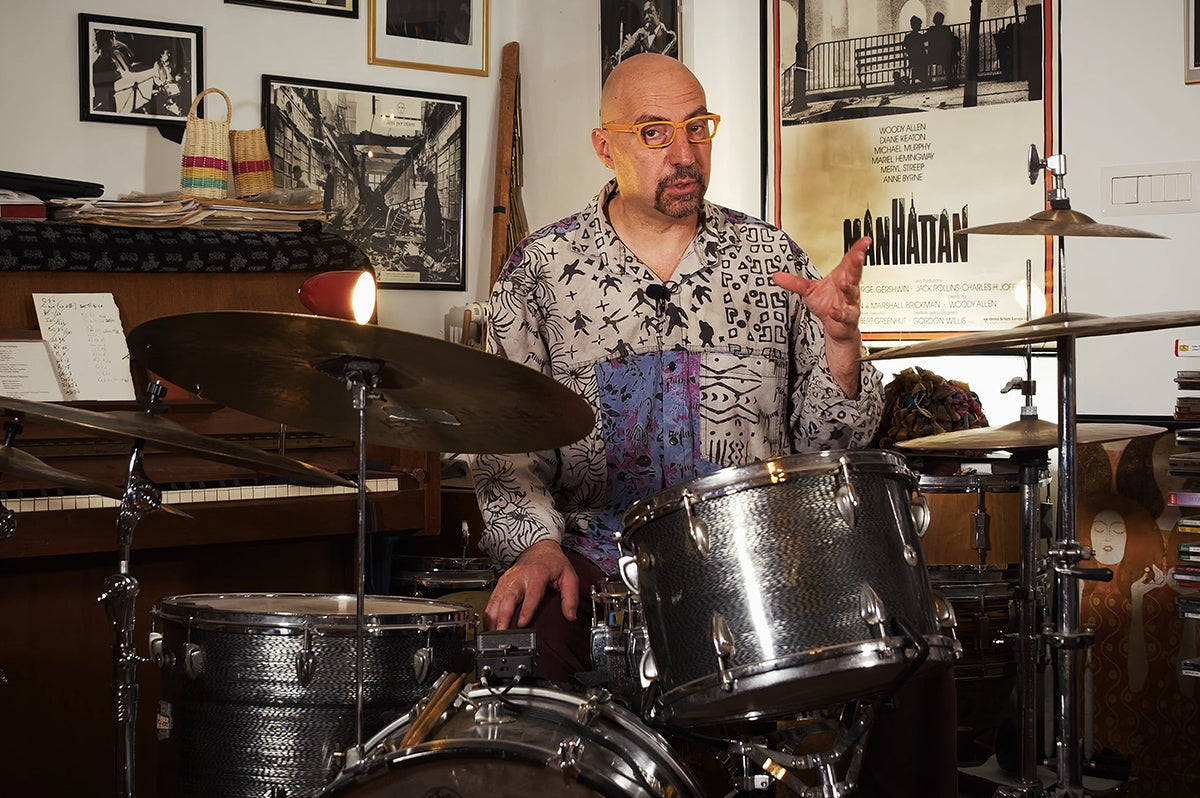
AUDIO/VIDEO QUALITY
Attention to every detail allows us to offer an almost live learning experience with the teacher, directly in your home .
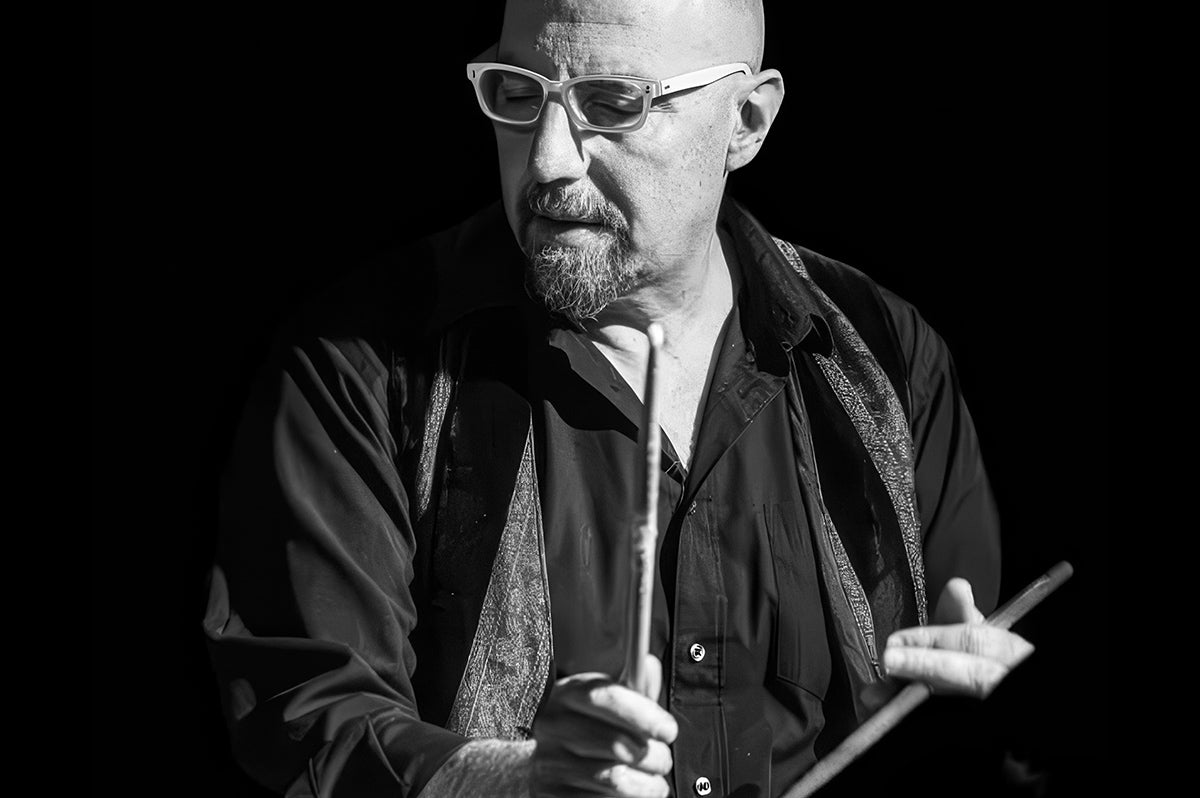
A TOP MASTER
A true master who offers you a unique educational path , enriched by what he himself has developed over decades of career.
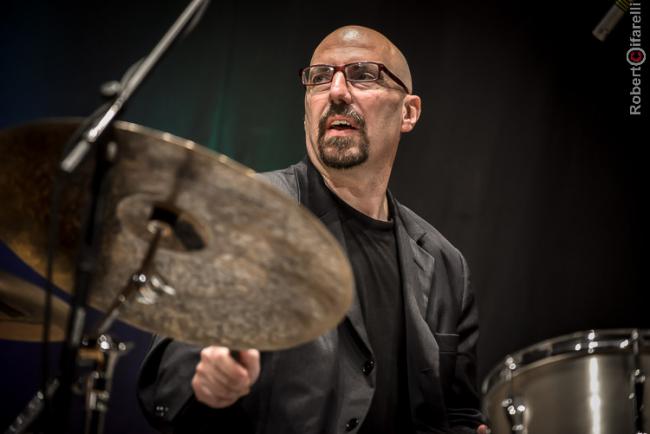
LEARN NOW!
For maximum learning , our team has carefully transcribed all the teaching material proposed by the teacher.
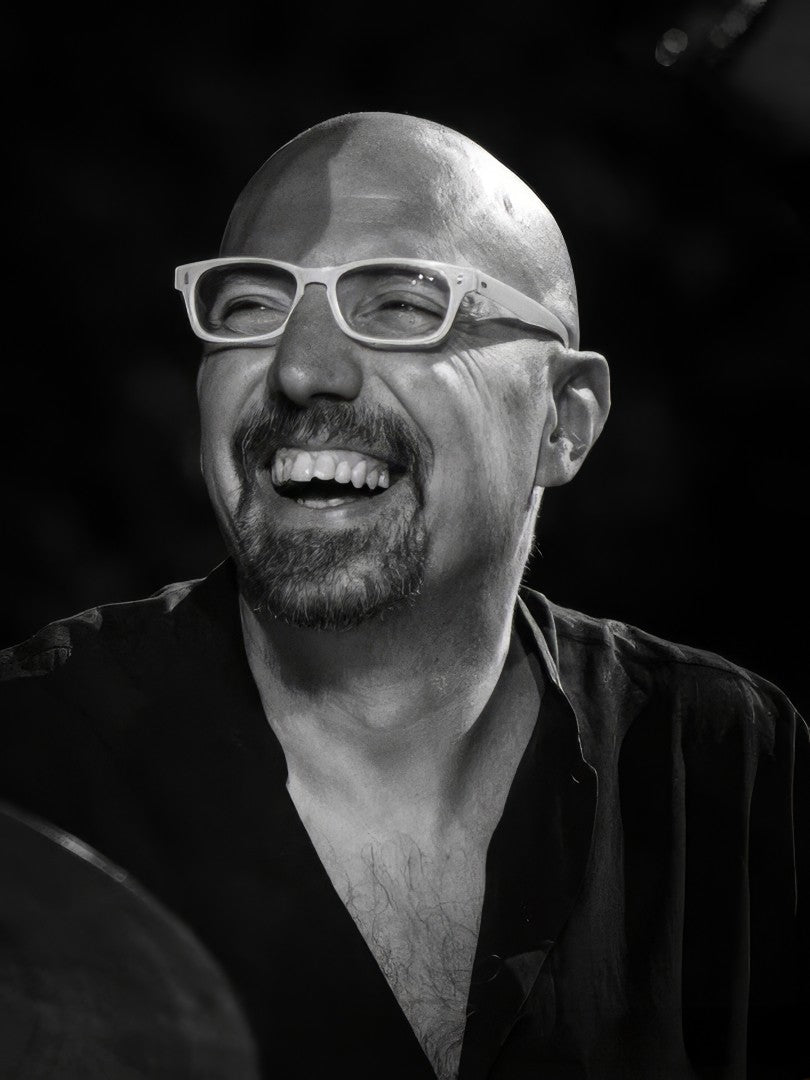
ENZO ZIRILLI
Born in Turin, Enzo Zirilli studied piano and percussion at his hometown Conservatory, but his jazz journey began with saxophonist Larry Nocella, a key figure in his artistic development, who gave him the opportunity to collaborate with other illustrious soloists: Franco Cerri, Gianni Basso, Antonio Faraò, Benny Bailey, and Flavio Boltro. In 1991, he toured with Gloria Gaynor.
At the same time, he continued his jazz collaborations, participating in Umbria Jazz with Antonio Faraò's quartet, which won the Four Roses award.
He consolidates his long-standing collaboration with Flavio Boltro and Stefano Di Battista and his artistic partnership with American saxophonist George Garzone, together with Luigi Tessarollo on guitar and Dario Deidda on bass, which will give rise to various tours and the recording of two CDs.
Since 1996 he has worked with Rossana Casale, with whom he has promoted several projects and recordings, including one dedicated to Jacques Brel.
He has collaborated for many years with Luigi Bonafede, with whom he plays in a trio or with guests (Pietro Tonolo, Roberto Rossi, Emanuele Cisi, Carlo Atti) and his partners include Dado Moroni and Enrico Pieranunzi.
BUT HOW MUCH DOES IT COST ME?
Accessible to everyone at a fraction of its real value!
